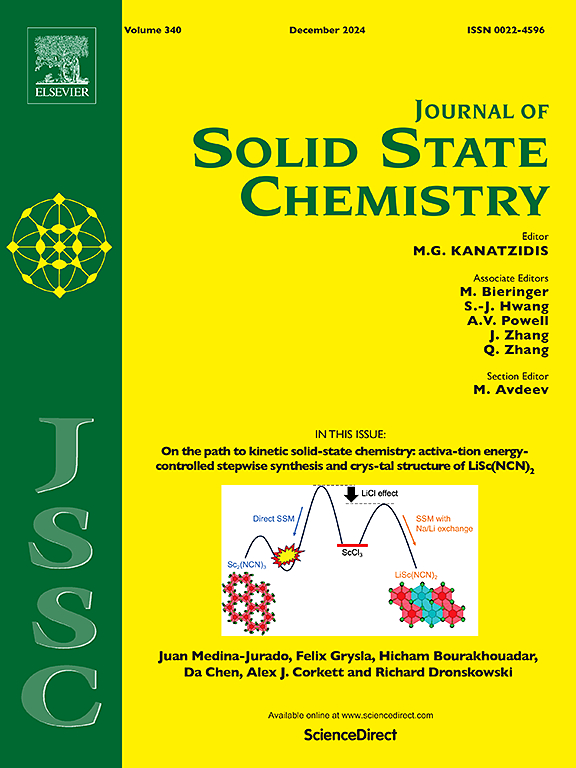Bandgap engineering of covalent triazine frameworks for highly efficient and selective photoreduction of CO2 to CO
IF 3.2
3区 化学
Q2 CHEMISTRY, INORGANIC & NUCLEAR
引用次数: 0
Abstract
Covalent triazine frameworks (CTFs) have emerged as promising photocatalytic platforms for CO2 conversion, favored for their tunable bandgap and ease of processing. In this study, a series of CTFs were synthesized by altering polymer chain lengths through the incorporation of phenyl units at the metal positions of the triazine rings. This structural modification facilitated precise control over the band positions and bandgap energies of the CTFs. Experimental evaluations and theoretical predictions confirmed that these modifications efficiently catalyze CO2 reduction to CO under full-spectrum irradiation, using water vapor as an electron donor under ambient conditions without the need for sacrificial agents, organic solvents, co-catalyst or photosensitizers. Among the variants, the optimized CTF 2 demonstrated a CO evolution rate of 103.4 μmol g−1 within 4 h which is 7.3 and 2.8 times greater than comparable CTFs, while achieving an exceptional CO selectivity of 99.95 %. This research lays the groundwork for efficient CO2 photoreduction using organic semiconductor catalysts and highlighting the critical role of precise bandgap control through structural tuning.

求助全文
约1分钟内获得全文
求助全文
来源期刊

Journal of Solid State Chemistry
化学-无机化学与核化学
CiteScore
6.00
自引率
9.10%
发文量
848
审稿时长
25 days
期刊介绍:
Covering major developments in the field of solid state chemistry and related areas such as ceramics and amorphous materials, the Journal of Solid State Chemistry features studies of chemical, structural, thermodynamic, electronic, magnetic, and optical properties and processes in solids.
 求助内容:
求助内容: 应助结果提醒方式:
应助结果提醒方式:


